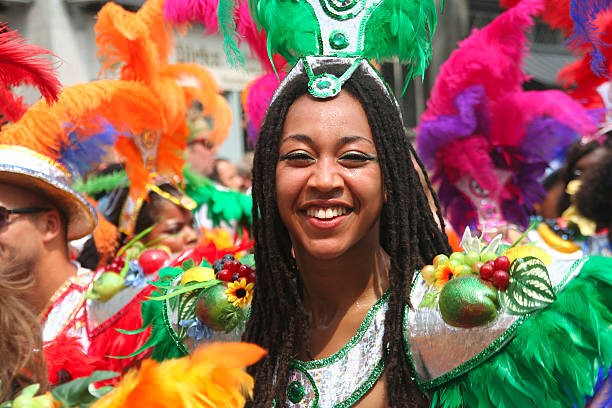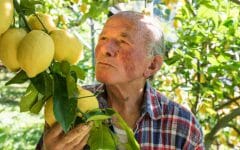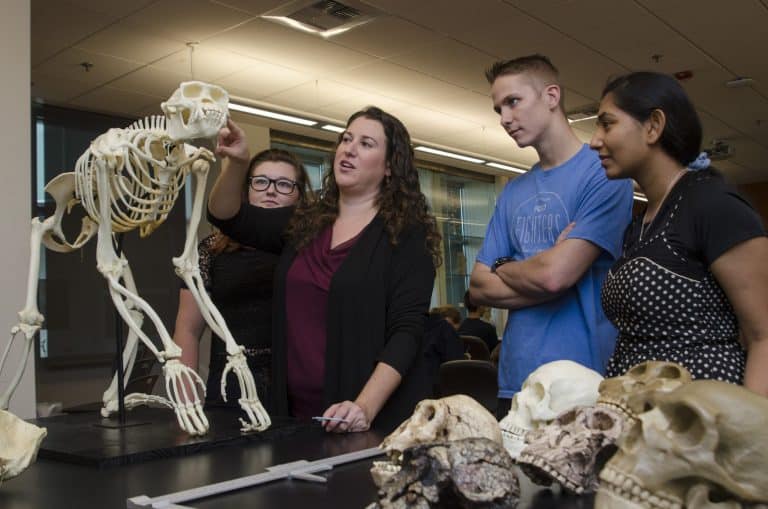CARNIVAL IN THE CARIBBEAN
August 4, 2022 2023-09-18 21:22CARNIVAL IN THE CARIBBEAN
Are you planning a trip to the Caribbean? Then February or March are the best months to do so. With the Christmas season over, the Caribbean comes alive with various carnivals as an excuse to celebrate some more, to paint the cities in different beautiful colors, put on your dancing shoes, and get down to different beautiful rhythms.
“Carnival is a Catholic festive season that occurs before the liturgical season of Lent. The main events typically occur during February or early March, during the period historically known as Shrovetide (or Pre-Lent). Carnival typically involves public celebrations, including events such as parades, public street parties, and other entertainments, combining some elements of a circus.”– Wikipedia.
Carnival’s origins in the Caribbean can be traced back to their religion (majority Catholics), colonialism, and celebration of their independence. The festival is said to have begun with Italian Catholics in Europe and was later extended to their French and Spanish neighbors, who later carried the festival with them when some of them settled in Trinidad, Haiti, and other Caribbean Islands during the slave trade era. This is why some historians believe the first Carnival in the Caribbean occurred in the 18th century and was introduced by French Settlers during their traditional Fat Tuesday masquerade party.
According to some researchers, the carnival Celebration began a decade before the 18th century. The Caribbean islands were under British control and slavery in 1797, and by 1834, the slave trade had ended, and the island had become a melting pot of different traditions and cultures, giving birth to various forms of Carnival celebrations as a result of the settlements of French immigrants, British nationals, Spanish settlers, and a large number of Trinidad’s original black people. Another reason to celebrate freedom is the abolition of slavery.
The Carnival Celebration, which began in Trinidad and Tobago, eventually spread to the Cayman Islands, Haiti, Puerto Rico, St. Vincent and the Grenadines, Dominican Republic, and Martinique.
Trinidad holds its carnival party on the large island of Trinidad, and it is usually a two-day affair with partygoers dressed in brightly colored feathered costumes known as “mas.” There is usually no break during those two days, and the hotels in the cities are usually fully occupied with visitors and partygoers from all over Trinidad and Tobago. The Carnival party is said to be the best there is.
Caymanians celebrate Carnival in May to honor African history in the Caribbean as well as their current and future successes. Their Carnival is called “Batabano,” and it represents the island’s growth over the years.
Calypso music originated in the Dominican Republic, and it is used to celebrate Carnival. Instead of the usual brightly colored costumes associated with carnivals, the Dominican Republicans dress in traditional costumes that represent their African heritage and indigenous Taino roots. Their celebrations take place all over the country, with La Vega being the most popular, and they begin on the first Sunday in February and end on the first Sunday in March, with the final celebration taking place in Santa Domingo.
“Haitian Defile Kanaval” is the name given to the Haitian Carnival. The Haitian Shrove Tuesday, also known as Mardi Gras, Pancake Day, or Fat Tuesday, is a holiday in Haiti during which all schools and most businesses are closed in order to celebrate with colorful costumes, drinks, music, and feasting. It is usually a large event with many visitors from within and outside the country, and it is celebrated a day before the lent period.
The Carnival celebration in St. Vincent and the Grenadines (Vincy Mas) is similar to the celebration in Haiti, which is usually held a few days before the beginning of the lent period (Christian Fasting), but it has since become a summer celebration. The celebration includes colorful costumes, loud calypso music, and Mardi Gras street parties, among other things.
Martinique’s carnival celebrations follow the same pattern as those in Haiti, as they are held in the days preceding the lent period. The “King Carnival,” as the name implies, is celebrated on Ash Wednesday with bonfires where the King, King Vaval, usually made of reeds, woods, or other flammable materials, is burned in a celebratory mood.
“The true Caribbean People are Carnival People, we are Vibrant People, not dead people. We like to be heard and we like to have fun.”- Viv Richards
 |
Author : Amiakhor Beatrice Ejaeta |
























